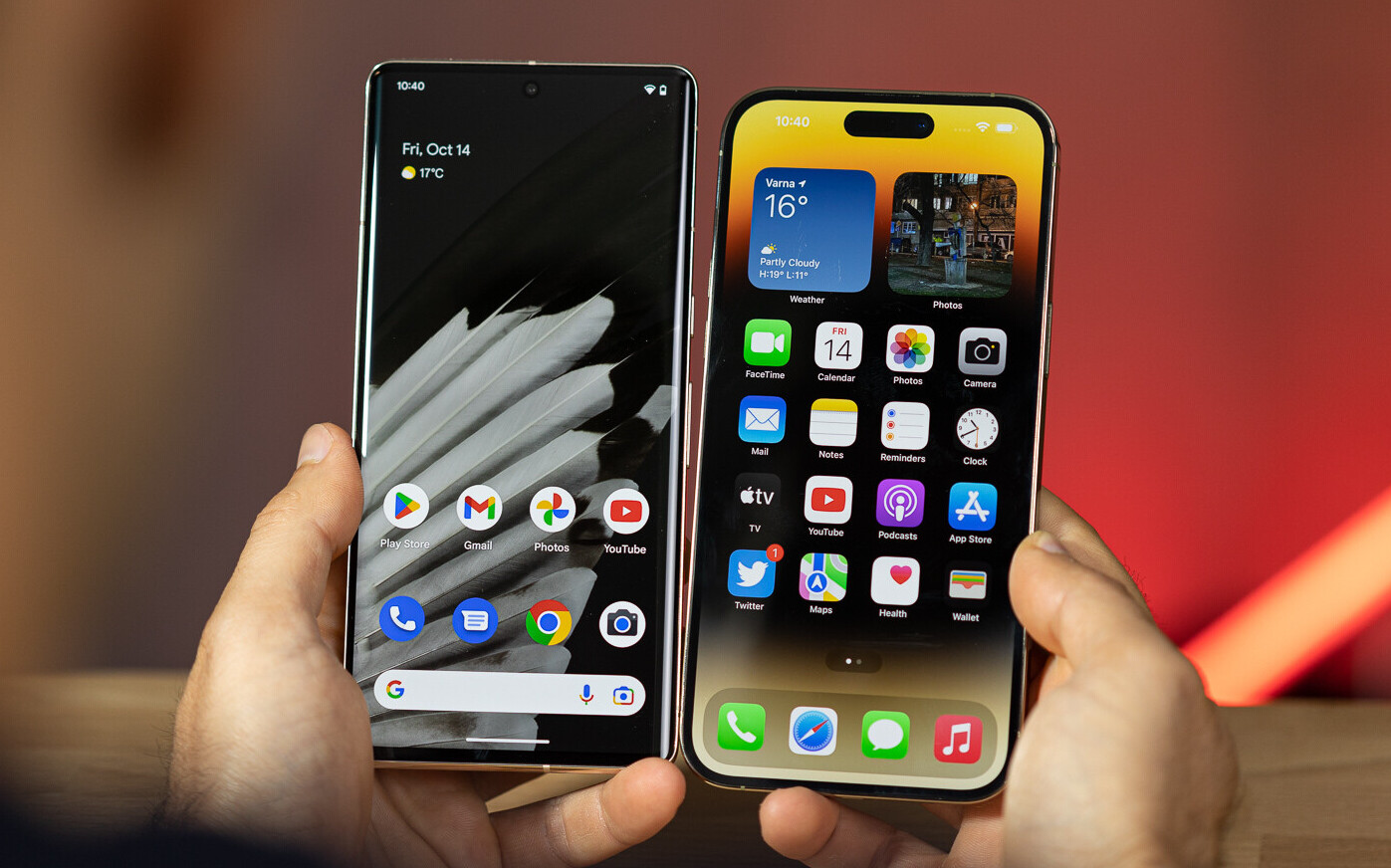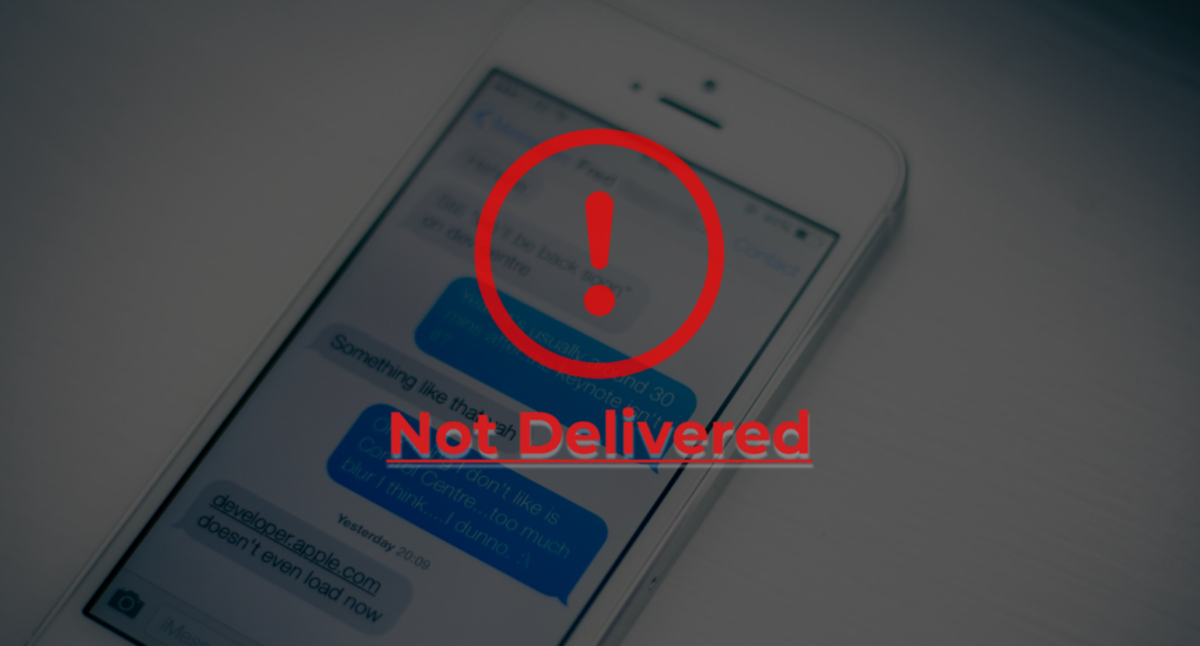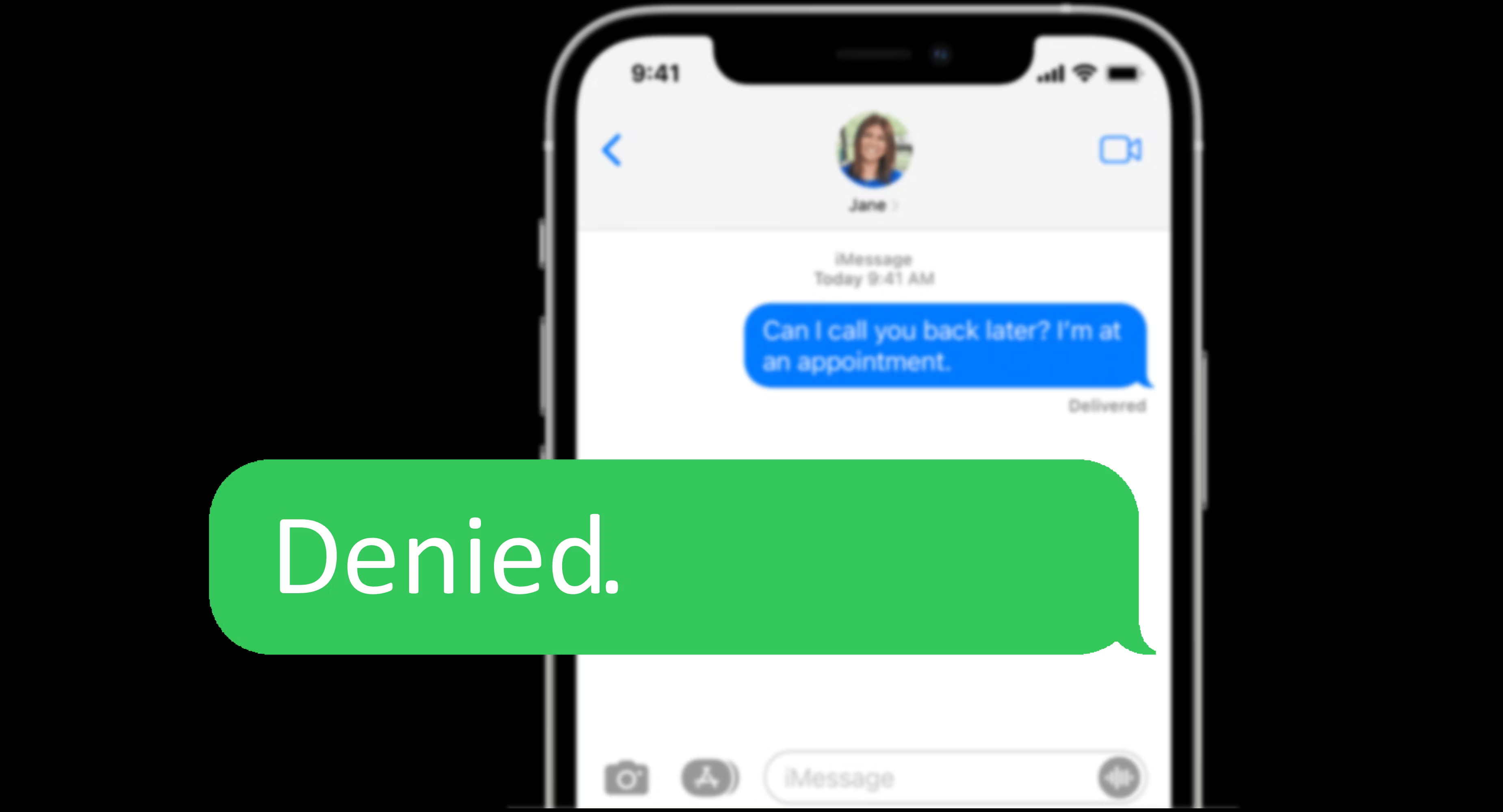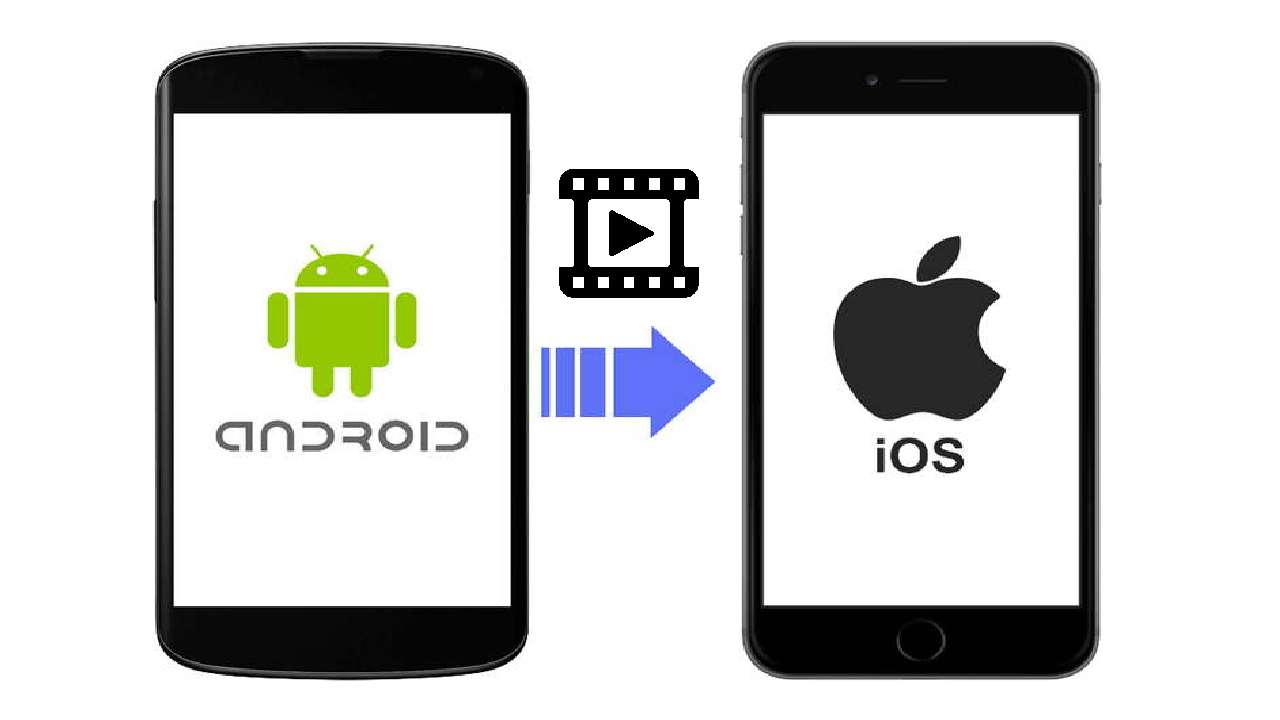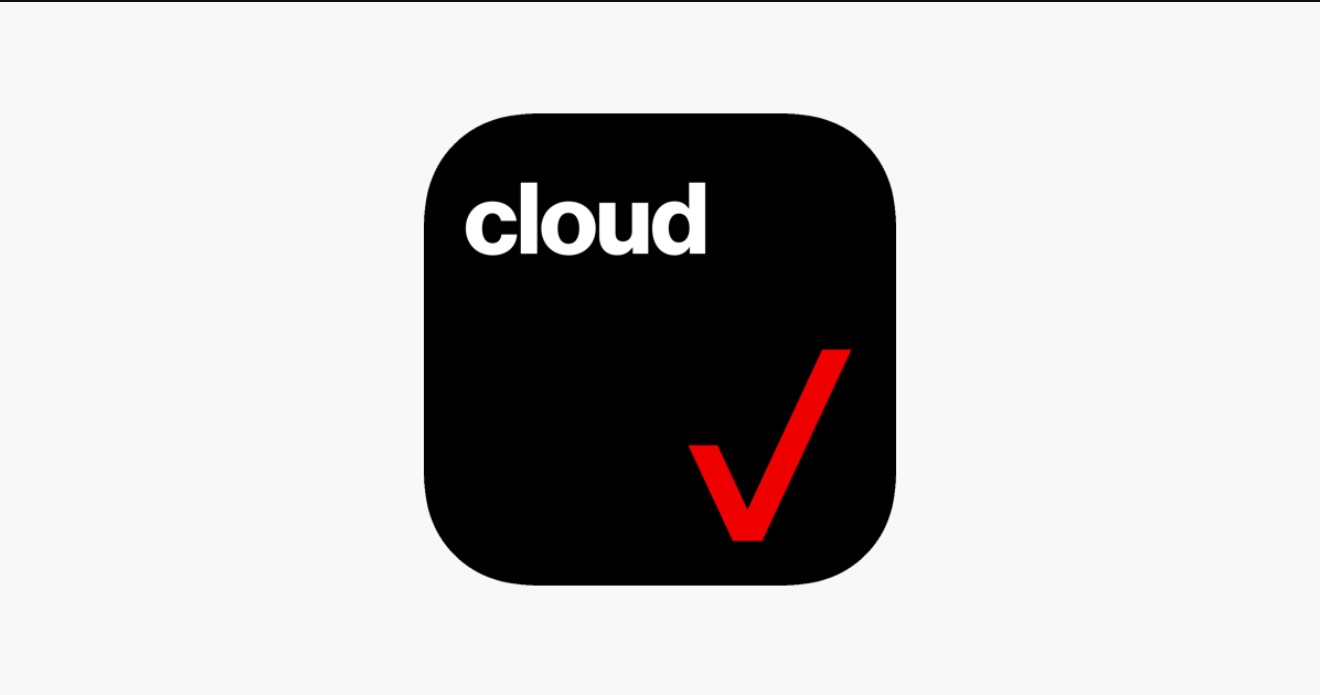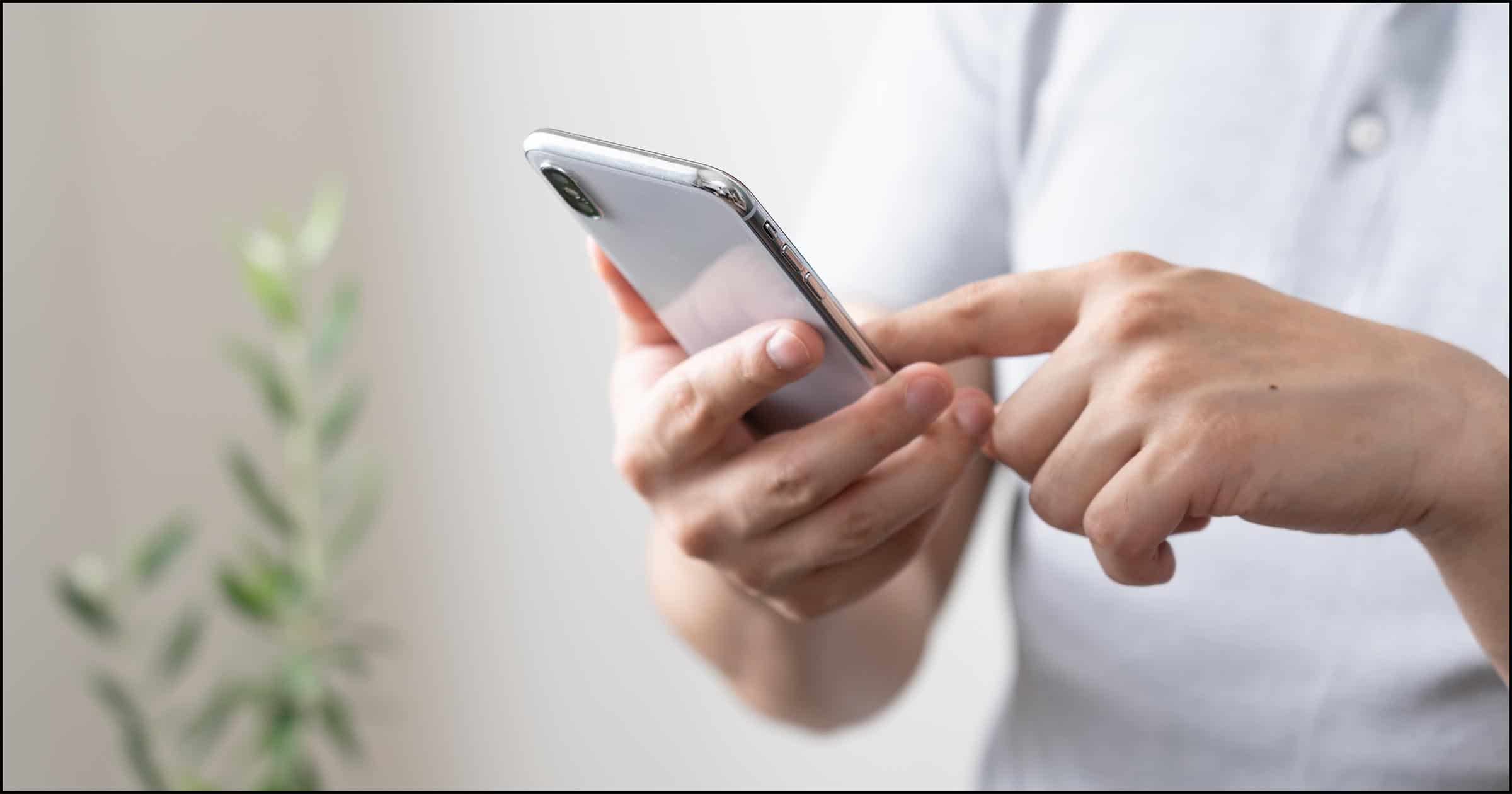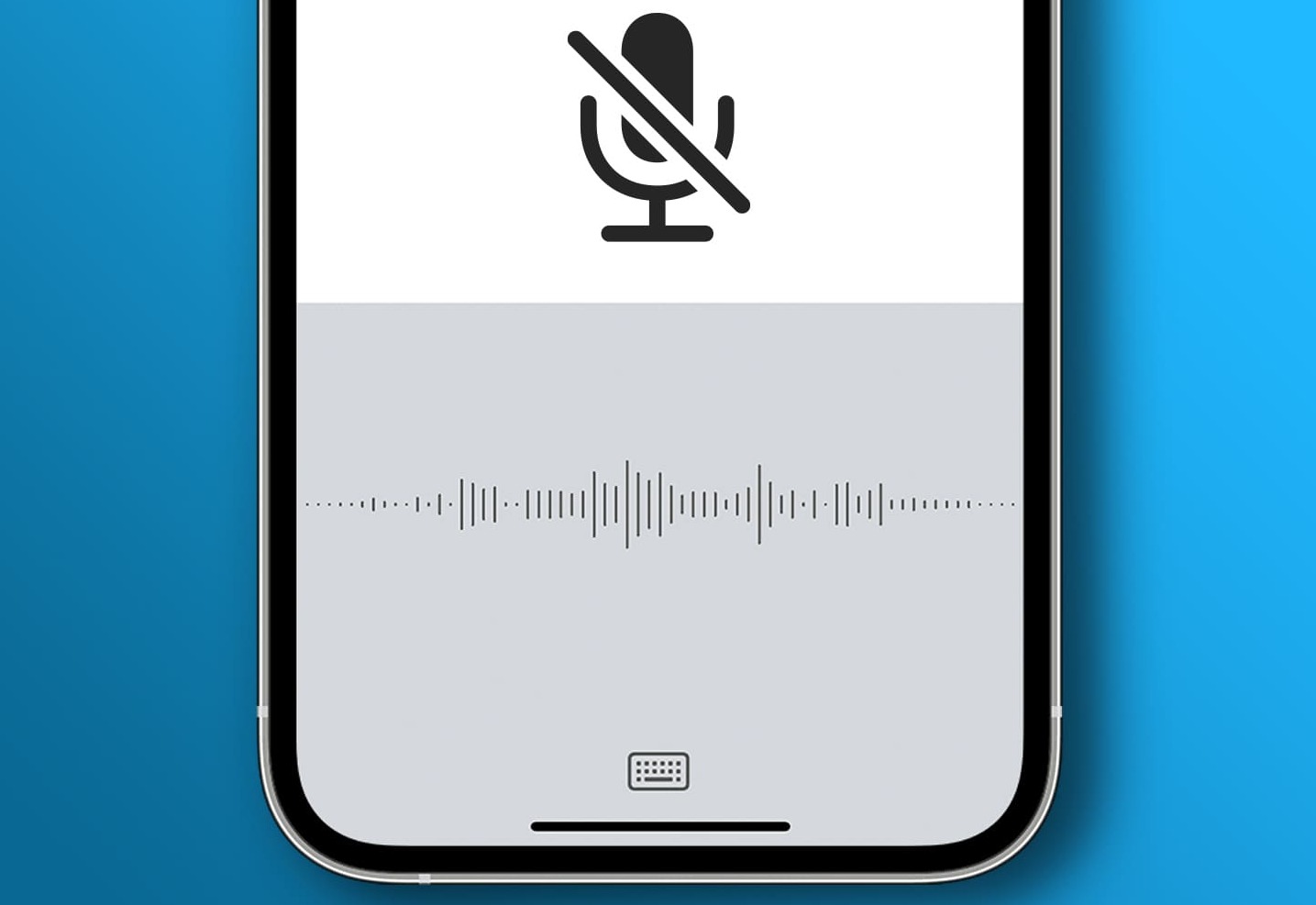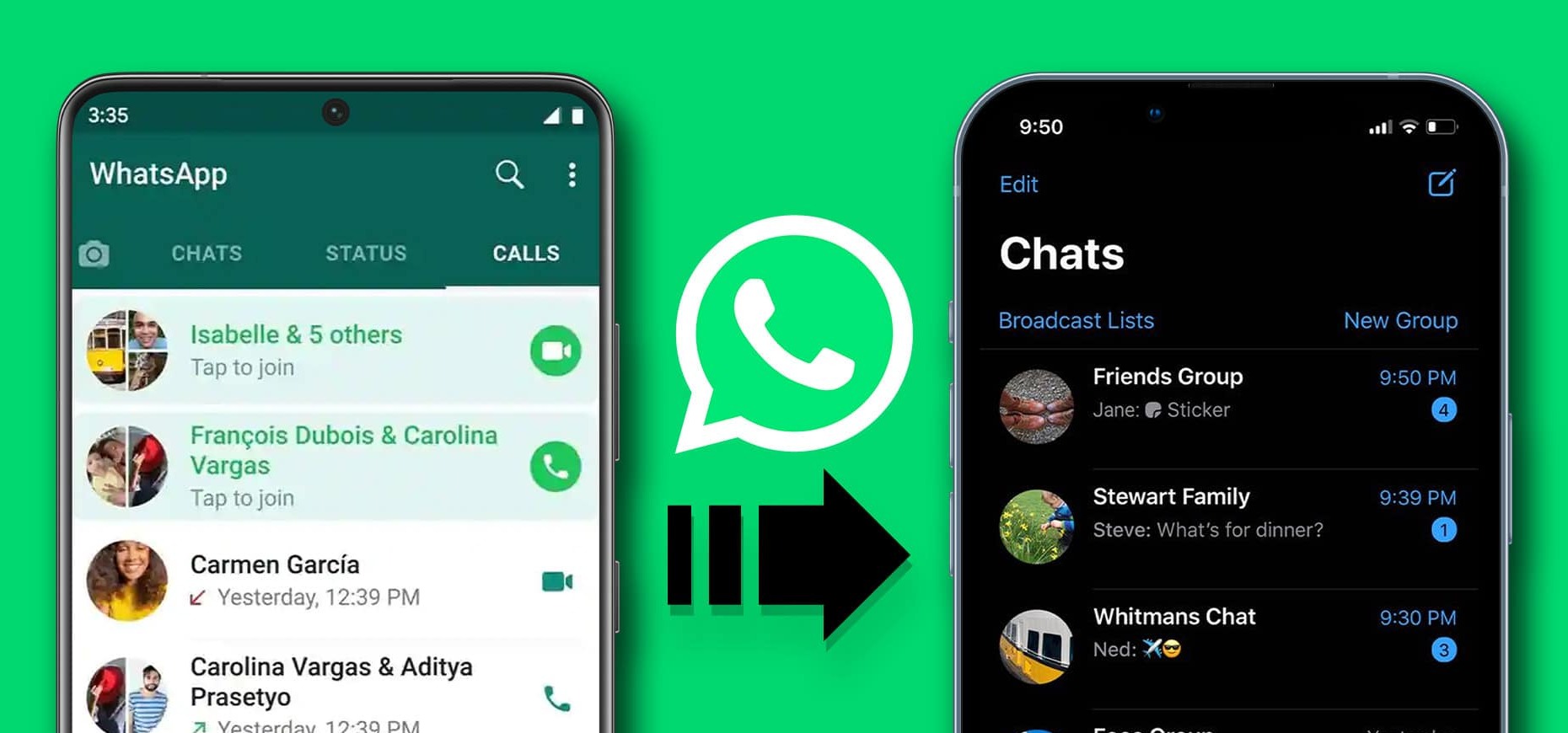Introduction
Welcome to the world of modern technology where staying connected has become an integral part of our lives. One of the most widely used forms of communication is email, and with the advent of smartphones, sending emails has become convenient and accessible. Android phones, in particular, offer a seamless email experience with their easy-to-use interface and powerful email applications.
In this article, we will guide you through the process of sending emails from an Android phone. Whether you are a business professional, a student, or someone who simply wants to stay in touch with friends and family, mastering the art of sending emails on your Android phone will prove to be a valuable skill.
Setting up your email account on your Android phone is the first step towards sending emails. We will walk you through the process of adding an email account to the native email app on your Android phone. Once you have set up your account, we will show you how to compose and send an email, as well as how to manage your email settings.
While this may seem daunting at first, rest assured that we will provide you with step-by-step instructions and handy tips to make the process as smooth as possible. So, grab your Android phone and let’s get started on your email-sending journey!
Setting up Email on Android Phone
Before you can start sending emails from your Android phone, you need to set up your email account. Android phones come preloaded with a native email app, which supports various email providers such as Gmail, Yahoo Mail, Outlook, and more. Here’s how you can set up your email account:
- Open the Email app on your Android phone. If you can’t find it, you can access it through the App Drawer or by swiping down on your home screen and searching for “Email”.
- Tap on the “Add Account” option.
- Select your email provider from the list. If your provider is not listed, you can choose the “Other” option.
- Enter your email address and password in the provided fields. If you are setting up a Gmail account, you may need to use an app password instead of your account password.
- Follow the on-screen instructions to complete the setup process. This may involve granting permissions to the app and configuring additional settings.
Once your email account is set up, you will see your inbox populated with all your emails. Depending on your account settings, the app may automatically sync and download your emails in real-time or at specific intervals.
If you have multiple email accounts, you can repeat the above steps to add each account to the Email app. This allows you to access and send emails from different accounts conveniently in one place.
It’s worth noting that some email providers may require additional steps for authentication, such as enabling IMAP or POP settings. If you are unsure about these settings, you can refer to your email provider’s support documentation or contact their customer support for assistance.
Now that you have successfully set up your email account on your Android phone, you are ready to compose and send emails. In the next section, we will guide you through the process of composing an email and utilizing the various features of the Email app.
Adding Email Account
In order to start sending and receiving emails on your Android phone, you need to add your email account to the native Email app. The process is simple and straightforward. Here’s how you can add an email account:
- Open the Email app on your Android phone by tapping on its icon, which looks like an envelope.
- If you haven’t added any email accounts yet, you will see a welcome screen with the option to “Add Account”. Tap on it. If you have already added an account and want to add another one, tap on the three dots menu icon in the upper-right corner and select “Add Account”.
- On the next screen, you will see a list of popular email providers, such as Gmail, Yahoo, Outlook, etc. Choose the provider of your email account by tapping on it. If your provider is not listed, select “Other”.
- Enter your email address and password in the respective fields on the next screen. If you are setting up a Gmail account, you may be prompted to enter your password again or use an app password for increased security. Follow the on-screen instructions to proceed.
- The Email app will attempt to automatically detect the server settings for your email account. If successful, you will see a confirmation message and your account will be added to the app. If automatic detection fails, you may need to manually enter the server settings provided by your email provider.
- Once your account is added, you will have the option to customize the account name and display name. You can also choose whether to sync your emails and calendar events from this account. Make your desired selections and tap on “Next” or “Done” to complete the process.
That’s it! You have successfully added your email account to the Email app on your Android phone. Now you can start using the app to send, receive, and manage your emails with ease.
If you have multiple email accounts, you can repeat the above steps to add all the desired accounts to the Email app. This allows you to access and manage all your emails conveniently in one place, without needing to install separate apps for each email provider.
Next, we will explore how to compose and send an email using the Email app on your Android phone. Stay tuned!
Composing an Email
Now that you have set up your email account on your Android phone, it’s time to compose your first email. Whether you need to send a quick message, respond to an important inquiry, or draft a lengthy email, the process is simple and intuitive. Here’s how you can compose an email using the Email app:
- Open the Email app on your Android phone and tap on the “Compose” button, usually represented by a pencil icon or a “+” symbol.
- In the “To” field, enter the email address of the recipient. If you are sending an email to multiple recipients, separate their email addresses with commas or semicolons.
- Next, tap on the “Subject” field and enter a concise and descriptive subject for your email. This will help the recipient understand the purpose of your email at a glance.
- In the main body of the email, tap on the space provided and start typing your message. Feel free to format your text using options such as bold, italics, underline, and bullet points using the formatting toolbar provided.
- If you need to attach any files or documents to your email, look for the attachment icon (usually a paperclip) and tap on it. You will be able to browse and select the files you want to attach from your device’s storage or cloud services.
- Before sending the email, take a moment to review the recipients, subject, and content of your email to ensure accuracy and clarity.
- When you are satisfied with your email, tap on the “Send” button, usually represented by a paper airplane icon. Your email will be sent and you will receive a confirmation message once it has been successfully sent.
The Email app on Android phones provides a user-friendly interface for composing emails. You can leverage various features and options available, such as formatting text, adding attachments, and even including images or photos in your emails.
Remember to be mindful of proper email etiquette when composing your emails. Use a professional and courteous tone, avoid using all caps or excessive exclamation marks, and proofread your message for any spelling or grammatical errors before sending.
Now that you know how to compose an email on your Android phone, it’s time to explore how to manage your email settings and make the most out of your email experience. Continue reading to the next section for more information.
Sending an Email
Once you have composed your email using the Email app on your Android phone, it’s time to send it off to the intended recipient. Sending an email is a straightforward process that can be done in a few simple steps. Here’s how:
- After composing your email, review it to ensure that the recipient, subject, and message content are accurate and complete.
- If you need to make any further edits to the email, use the back button or the navigation bar to return to the compose screen and make the necessary changes.
- When you are ready to send the email, tap on the “Send” button located either at the top or bottom of the compose screen. It is often represented by an icon of a paper airplane.
- The Email app will attempt to send the email and you will see a small progress indicator, such as a spinning circle or progress bar, to indicate the sending process.
- Once the email has been successfully sent, you will receive a confirmation message or a notification. Depending on your email settings, you may also receive a copy of the sent email in your sent folder for future reference.
It’s important to note that the sending process may take a few moments, especially if you have attached large files or if you have a slow internet connection. Be patient and avoid closing the app or interrupting the sending process to ensure that your email is sent successfully.
In some cases, you may encounter errors or issues while sending an email. This could be due to a poor internet connection, an incorrect email address, or server-related problems. If you encounter any errors, double-check the recipient’s email address and your network connection, and try sending the email again.
Now that you know how to send an email using the Email app on your Android phone, you can confidently communicate with friends, family, colleagues, or clients with the ease and convenience of your smartphone.
In the next section, we will delve into managing email settings to customize your email experience and troubleshoot any issues you may encounter. Stay tuned!
Managing Email Settings
Managing email settings on your Android phone allows you to customize your email experience and ensure that it aligns with your preferences and needs. The Email app offers various settings that you can adjust to enhance your productivity, organization, and privacy. Here are some key settings to consider:
1. Sync Frequency: You can choose how often the Email app synchronizes with your email server to check for new emails. Depending on your preferences and usage, you can set it to sync in real-time, manually, or at specific intervals (e.g., every 15 minutes or hourly).
2. Signature: Personalize your outgoing emails by creating a signature that includes your name, job title, contact information, or any other information you wish to include. This can be set up in the settings menu of the Email app.
3. Notification Settings: Customize how you receive notifications for new emails. You can choose to receive sound alerts, vibration, or even turn off notifications altogether if you prefer to manually check your inbox at specific times.
4. Folders and Labels: Use folders or labels to organize your emails and keep your inbox clutter-free. You can create specific folders or labels for different types of emails, such as personal, work, or promotions. This helps you quickly locate and manage your emails.
5. Email Filters: Set up email filters to automatically sort incoming emails based on specific criteria, such as sender, subject, or keywords. This can help prioritize important emails and keep your inbox organized.
6. Reply and Forward Preferences: Customize how the Email app handles replies and forwards. You can choose to include the original message in your replies or forwards, or opt for a clean, minimal approach.
7. Security Settings: Ensure the safety and privacy of your email account by enabling additional security measures such as two-factor authentication. This adds an extra layer of protection to prevent unauthorized access to your account.
8. Signature: Personalize your outgoing emails by creating a signature that includes your name, job title, contact information, or any other information you wish to include. This can be set up in the settings menu of the Email app.
These are just a few examples of the settings you can manage within the Email app on your Android phone. Take the time to explore the app’s settings menu and customize it to suit your preferences.
By managing your email settings, you can streamline your email workflow, increase productivity, and better organize your inbox. Experiment with different settings to find the setup that works best for you.
In the next section, we will delve into common troubleshooting tips for resolving email issues that you may encounter on your Android phone. Stay tuned!
Troubleshooting Email Issues
While the Email app on your Android phone typically works seamlessly, you may occasionally encounter issues that prevent you from sending, receiving, or accessing your emails. Don’t panic! Most email issues can be resolved with a few basic troubleshooting steps. Here are some common issues and their potential solutions:
1. Unable to Send Emails: If you are having trouble sending emails, ensure that you have a stable internet connection. Check that the recipient’s email address is correct, and try sending the email again. If the issue persists, try closing and reopening the Email app, or restart your phone.
2. Emails Not Syncing: If your emails are not syncing properly, check your sync settings in the Email app. Ensure that the sync frequency is set to the desired interval and that the app has the necessary permissions to sync in the background. You can also try manually syncing your emails by pulling down on the inbox screen.
3. Authentication Errors: If you are unable to login to your email account or receive authentication errors, double-check your email address and password. Make sure you have entered them correctly and that your internet connection is stable. If you are using two-factor authentication, ensure that you are entering the correct verification code.
4. Missing Emails: If you can’t find certain emails in your inbox, check your email filters and folders. Sometimes, emails may be automatically sorted into specific folders based on your settings. You can also try searching for the missing emails using the search function within the Email app.
5. Slow Email Performance: If the Email app is running slowly or taking a long time to load, try closing any unnecessary apps running in the background. Clearing the cache and data of the Email app from the device settings can also help improve its performance. If the issue continues, consider updating the Email app or contacting your email provider for further assistance.
6. Email Notifications: If you are not receiving email notifications, ensure that the notification settings are enabled in the app’s settings menu. Verify that your phone’s notification settings allow for email notifications and that the volume or vibration settings are appropriately configured.
If none of the troubleshooting steps resolve your email issues, you can consider removing and re-adding your email account in the Email app. This can help refresh the connection to the email server and resolve any minor glitches.
Remember to consult your email provider’s support documentation or reach out to their customer support if you continue to experience persistent email issues. They can provide specific guidance tailored to your email provider and help resolve any server-related problems.
We hope these troubleshooting tips help you resolve any email issues you may encounter on your Android phone. With persistence and patience, you’ll be back to a seamless email experience in no time.
Conclusion
Mastering the art of sending emails from your Android phone opens up a world of convenient communication and keeps you connected with the important people in your life. Throughout this guide, we have explored the process of setting up email accounts, composing and sending emails, managing email settings, and troubleshooting common issues.
By following the step-by-step instructions and utilizing the tips provided, you can confidently navigate the Email app on your Android phone and make the most out of your email experience.
Remember to personalize your emails with an appropriate subject, thoughtful content, and proper email etiquette. Organize your inbox with folders, labels, and filters to keep it clean and easy to navigate. Take advantage of the various settings available to tailor your email app to your preferences and needs.
If you encounter any issues along the way, don’t panic. The troubleshooting steps outlined in this guide will assist you in resolving common email-related problems. Remember to check your internet connection, review your email settings, and consult your email provider’s support resources if needed.
Now that you have acquired the knowledge and skills to send emails from your Android phone, it’s time to put them into practice. Whether you are using email for personal or professional purposes, you can now communicate effectively and efficiently using your Android phone.
So, grab your Android phone, open the Email app, and start composing those emails. Stay connected, stay productive, and enjoy the convenience of email communication right at your fingertips.









